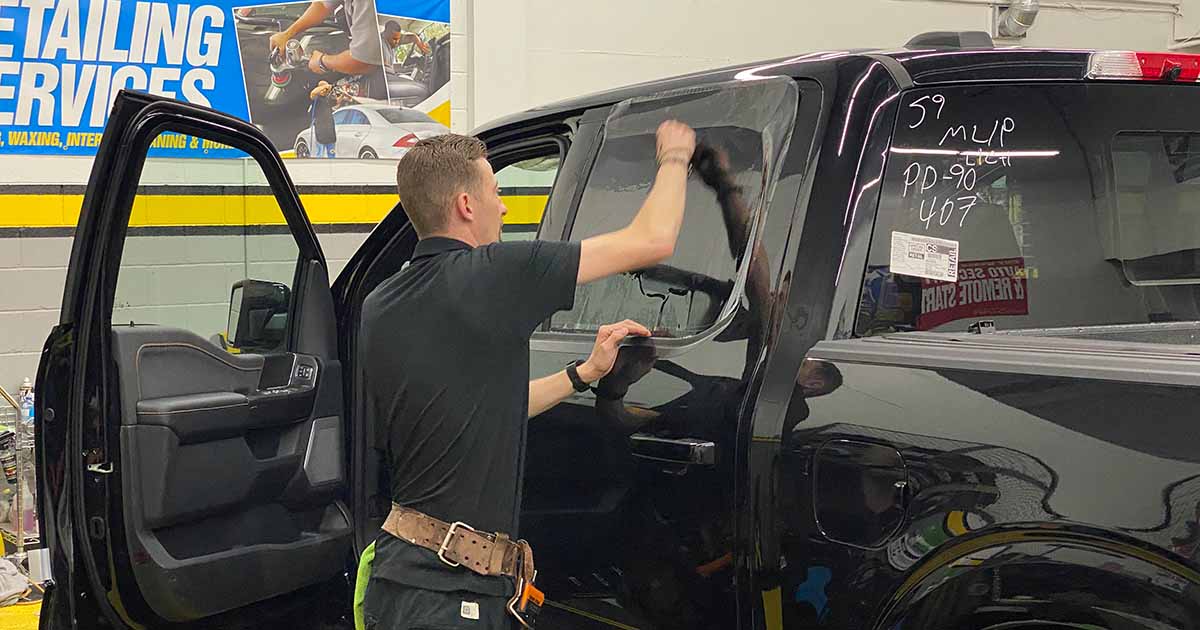Having the windows of your car or truck tinted is a great way to enhance the look of your vehicle, add protection and keep the interior cool on a hot summer day. However, picking a shop to install tint on your car windows is more involved than most people think. The automotive enhancement experts here at BestCarAudio.com have put together this guide to help you choose the best shop to tint your vehicle’s windows. You might not be able to find a shop that offers everything we suggest, but checking off most of the options will put you on the right path to an installation that looks great and will last for many years.
What’s The Result of a High-Quality Tint Installation?
Before we dive into what to look for in terms of choosing a shop to tint your windows, we should discuss what the outcome of the project should be. First and foremost, you’ll want to choose a good quality tint film. We’ll follow up with a detailed article on window tint films soon. In the meantime, the pecking order in terms of quality goes from dyed films to metallic, carbon and, finally, ceramic. As you move up in film quality, the film’s longevity improves, meaning it will look better longer. Better films also offer more infrared heat rejection, so your vehicle’s interior will remain cooler.
The next sign of a quality film installation is a lack of debris under the film. It’s not uncommon to have a speck or two of dust, but a half-dozen or more is a sign of improper preparation and poor installation practices.
The installer should trim the film to fit the windows precisely. The edge of the film should follow the edge of the window perfectly. Many tint installers will pull the film back from the edge of the window by an eighth or sixteenth of an inch.
Lastly, the installer or salesperson should explain how to care for the film to ensure that it will continue to look great for many years. For example, you should avoid using abrasive cloths or cleaning products with ammonia.

1. Shop in Person
If you’re shopping for window tint for your car or truck, do it in person. Calling up a half-dozen shops does little to tell you about their capabilities or solutions. If you walk into a messy and cluttered shop, be wary of their attention to detail. On the other hand, if the shop is organized and has proper displays, that’s a good sign.
2. It’s Not About Price
Many tint shops advertise their services based exclusively on price. Signs on the street corner promoting a $99 tint installation are a warning sign, not something you should seek out. First, tint technicians who have the skills and tools required to do an excellent job typically won’t work for minimum wage. Their experience and capabilities equate better workmanship. Second, an adequate amount of quality tint film will cost more than $99, excluding labor. Avoid shops that focus on low prices if you want your vehicle to look good for many years.
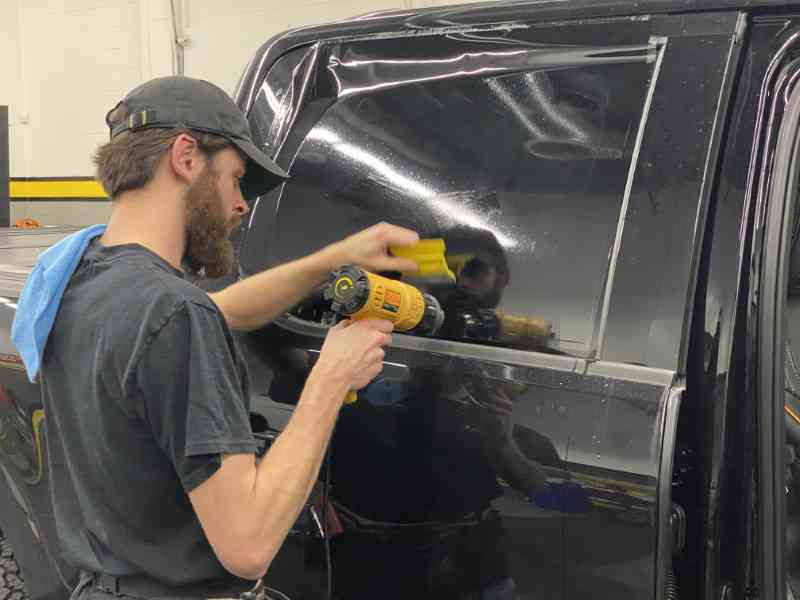
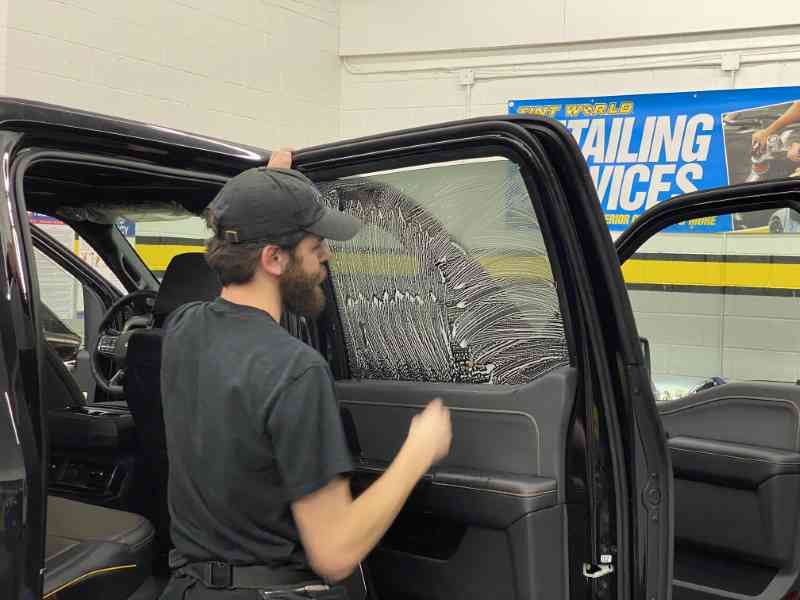
3. Proper Client Qualification
When you tell the product specialist at an auto styling shop that you want your vehicle’s windows tinted, they should respond with a series of questions that will help them understand your expectations. The specialist should explain the films they offer and the benefits of each. They should tell you what shades of film they stock and let you know what laws apply in your state or province about how dark the film can be. Finally, their questions should help you pick the best film solution to provide the looks and performance you want.
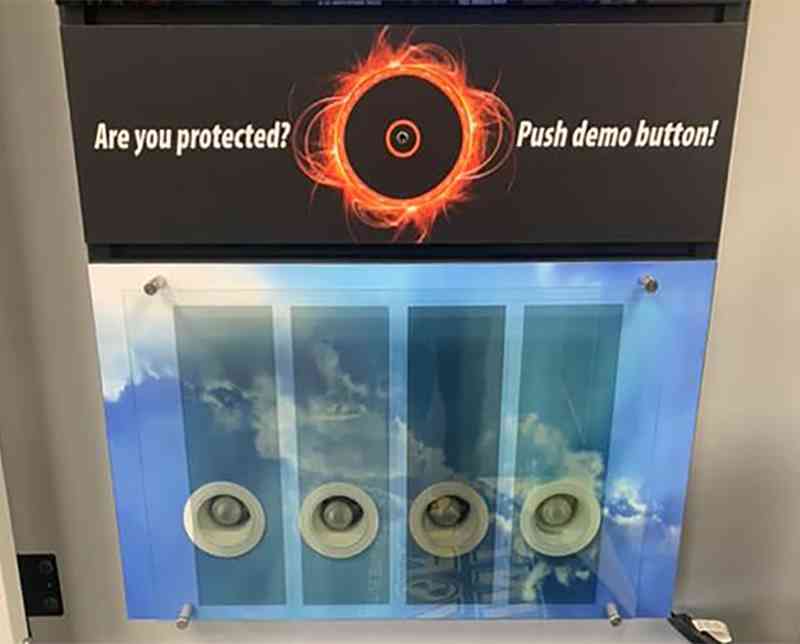
4. An Organized Shop
Ideally, it would help if you asked to see the shop space where your vehicle’s windows will be tinted. You’re looking for four things. First, the place should be organized, with rolls of film in one area and other supplies in another. If they have a computer plotter, that’s a good sign, as it can speed up the installation process. If you have a brand-new truck like a Rivian or a classic car with no templates, the shop should have a technician who is an expert in hand-cutting film. You’ll want to see peel boards right beside the vehicles they are working on. These glass panels allow the technician to prepare the film and transport it to your car quickly and efficiently. Not having to walk across a shop helps keep dust off the film.
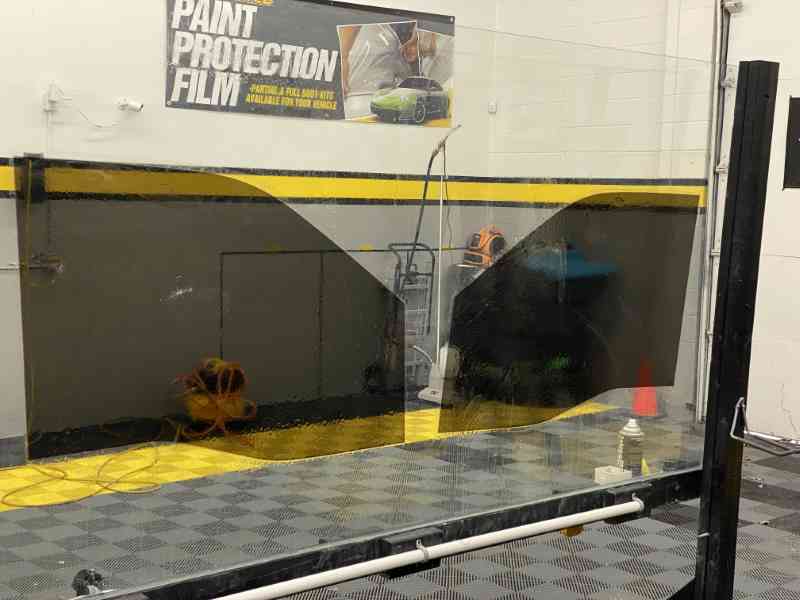
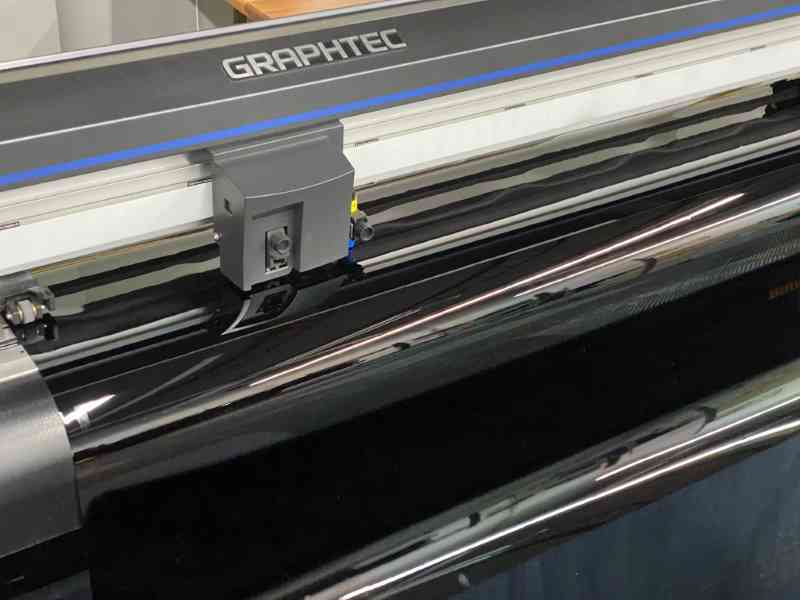
Speaking of dust, look to see if the floor is clean. Many tint shops have dedicated bays that are used exclusively for tinting. These bays may have their own climate control systems to help control dust. Some shops use RaceDeck flooring to help prevent dust and debris from being stirred up as vehicles and technicians move around.
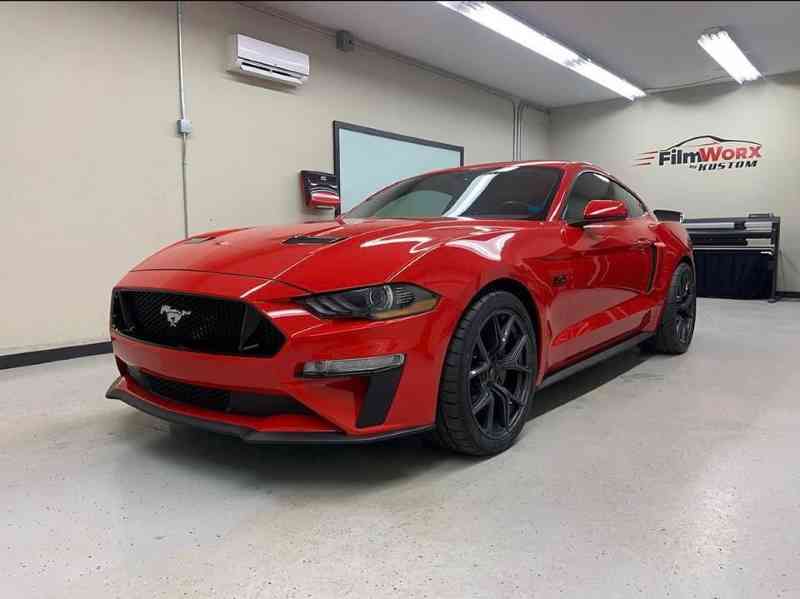
5. Vehicle Protection
It should be no surprise that modern cars and trucks are jam-packed full of technology. Computers and sensors are spread all over the vehicle, with most on or around the dash or in the doors. When you’re inspecting a shop, look to see what kind of protection they use to keep cleaning fluids and slip spray off the dash and door panels. If you plan to have a tint film eyebrow installed across the top of the windshield or the entire window covered with a nearly clear film, ensuring that water never gets into the dash is paramount. Towels, Soak Shields and Soak Shield Ropes are a must when the windshield is being tinted. The same goes for door panels – you don’t want the water and soap mixture to get into the power window and lock switches, onto the speakers or on fabrics and leather.
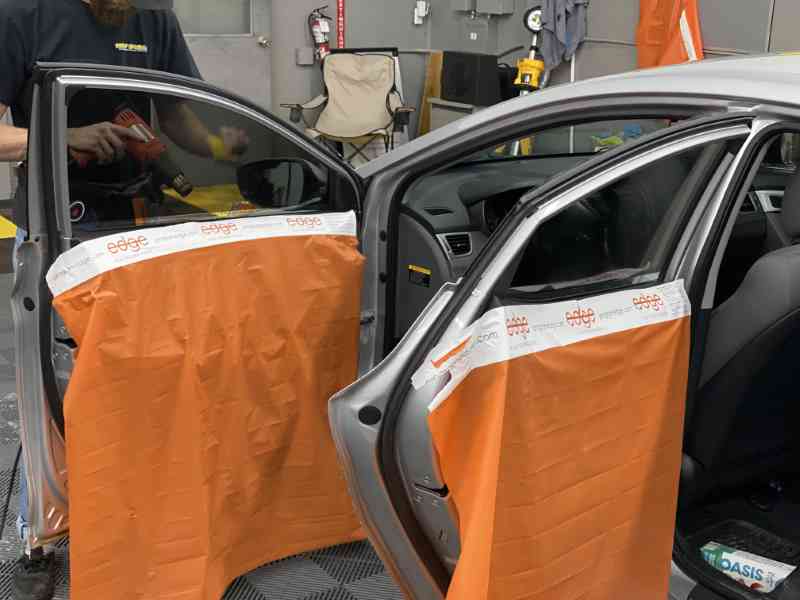
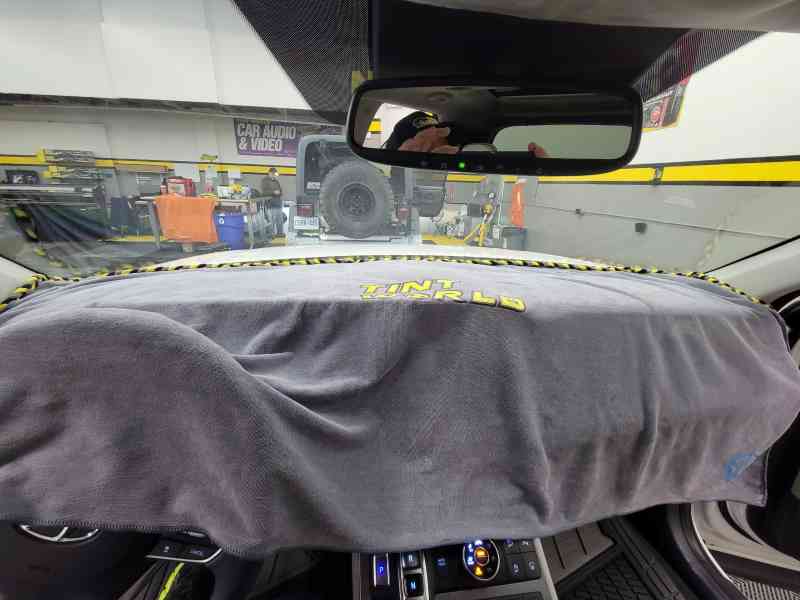
6. Extensive Inventory Is a Good Sign
Carrying three or four film technologies (metalized, carbon and ceramic) in various shades is a sign that a shop does a lot of business. To get a feel for this, just ask what shades they offer. Many will have 5% (very dark), 20% (typical for rear windows) and a lighter tint like 45%. Many ceramic films are available in nearly invisible shades like 80% or 90%. These films block ultraviolet energy to protect your skin and dramatically reduce infrared heat energy transmission to help keep your car cool without adding the dark look commonly associated with window tint.
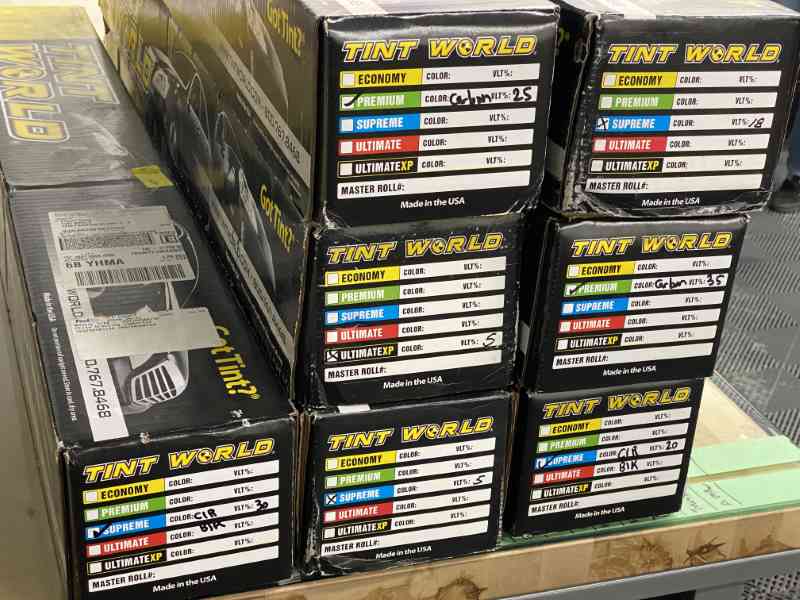
7. Ask About the Warranty
If you’re investing in something other than the least expensive tint, you should ask about the warranty. Most quality films are backed against peeling, bubbling, turning purple, cracking, crazing, blistering or fading for as long as you own the vehicle. In many cases, the warranty is honored no matter where you are in the country, so if you move from Florida to California or British Columbia to Ontario, the film manufacturer will stand behind its products.
Speaking of warranty, make sure you keep your receipt, as that will be necessary if you have to make a warranty claim. With that said, if you choose the right shop and a high-quality film, the chance that you’ll need to replace something is minute.
8. Check Their Website and Social Media Content
Before you go to a shop, check its website. See whether products and services are clearly outlined and that the site is organized. You aren’t doing this to shop for tint solutions but to quantify their expertise and organization skills. Check their social media for examples of their completed projects and see what types of vehicles their clientele own. Again, this will give you an idea of their clientele and the quality of their service. If you don’t get that warm, fuzzy feeling about their professionalism, they might not be the right choice to work on your vehicle, and it may not be worth your time to visit them.
Choose Who Tints Your Vehicle’s Windows Wisely
Suppose you’ve done your research and paid close attention to the options presented to you during the qualification process. In that case, you should be very happy with the window tint installation on your vehicle. Further, the film should last for many years without fading, peeling or bubbling.
Just as with audio system upgrades, where choosing the right products and an expert technician to integrate them into your vehicle is crucial, we hope this information will help you choose the best window tint retailer in your area to upgrade your car, truck or SUV, and that you’ll be happy with the results.
Lead-In Image – Many thanks to Jeremy Doran and the team at Tint World in Mississauga, Ontario, for many of the photographs used in this article.
